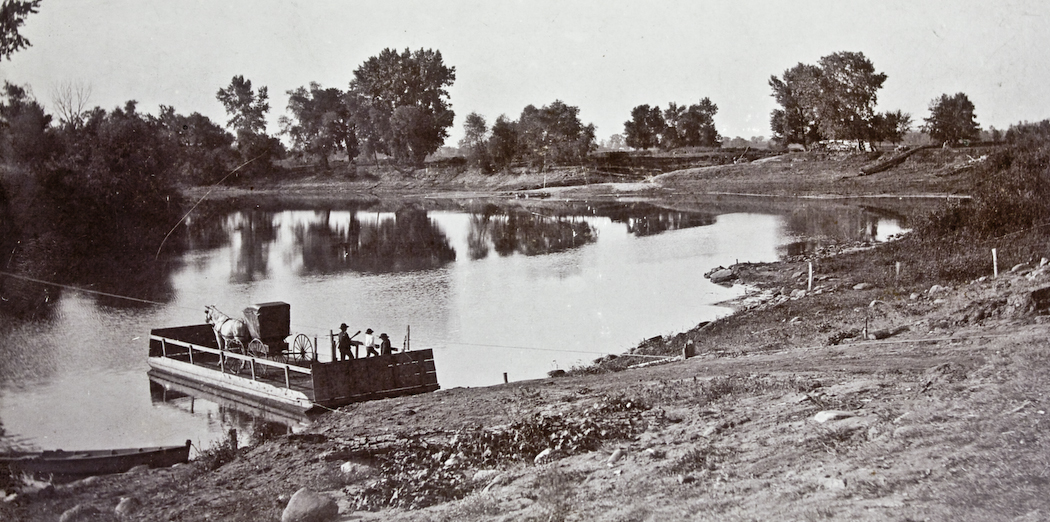Posted by Realtor David Olson 952.314.9446
City of West St. Paul: A Brief History
The first inhabitants of West St. Paul were the Sioux and Mendota Indians. The Sioux people lived in the villages of Kaposia in what is now the east side of the city, while the Mendota people lived on the west. The date of their settlement is believed to have been several years before any white settlers came into the area.
In 1846, Rev. Dr. P.S. Williamson was sent by the American Board of Commissioners of Foreign Missions to establish a mission in the area. Accompanying Dr. Williamson as teachers were Jane Williamson, Sylvester M. Cook, and John Aiton. In 1852, after a treaty with the Native Americans that transferred the control of their land to the government, Miss Williamson looked to purchase the land for the mission.
Because of the Mendota tribe’s occupation of the land, West St. Paul was not officially recognized as a city for countless years. After the treaty of 1852, control of the land was transferred to the government and the community began to grow. After the finished construction of bridges like the early Wabasha Street Bridge and the first ferry crossing on the Mississippi, new residents began to settle the city and the community experienced significant growth. This wave of new settlers included French, Canadian, German, Irish, and eastern European immigrants. In later decades, Mexican immigrants also began to take up residence in the diverse community.
Because the city is situated on the banks of the Mississippi River, the bluffs made it difficult to settle the land. Frequent flooding on the banks of the river caused the locations for housing and businesses to be higher up on the bluffs. Businesses like Yoerg and Bruggeman Breweries found success in the caves of the bluffs. Many of the industries in West St. Paul grew because of the support shown by the community.
In recent decades West St. Paul has become one of the most attractive communities to settle in. The city’s housing has grown over the years, developing into a bedroom community of the Twin Cities because of its established housing program. West St. Paul also provides an excellent educational system with outstanding public and private schools. Over the last decade, numerous different business have begun to thrive in the city, which is now home to over 600 businesses and a light industrial park. West St. Paul offers a wide range of stores, restaurants, and theatres; as well as parks, lakes, and wildlife.
If you have any questions regarding the city of West St. Paul, Minnesota, or if you would like to sell or buy a house in the area, please feel free to visit TwinCitiesPropertyFinder.com or call 1-800-909-1953.
Welcome to “Creek Knolls Neighborhood” in Eden Prairie
Welcome to “Concord Neighborhood” Eden Prairie
Related City Articles


















